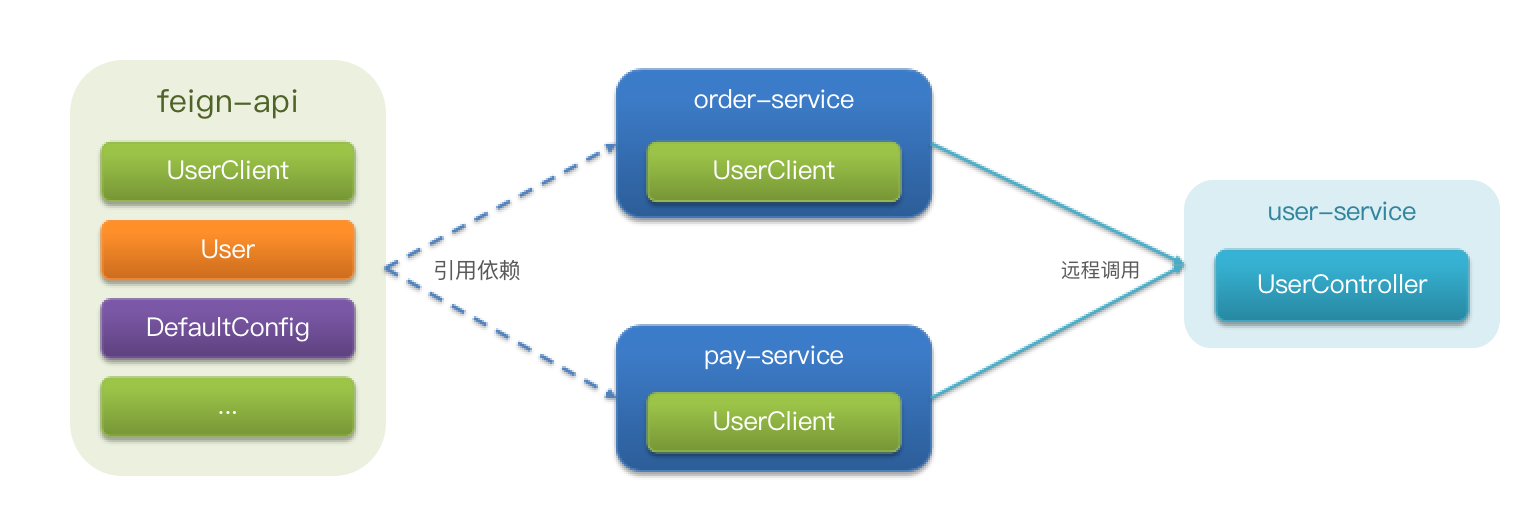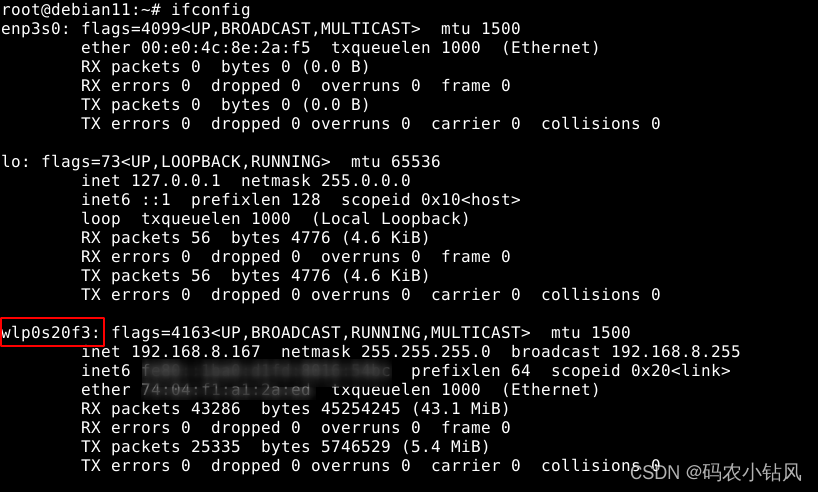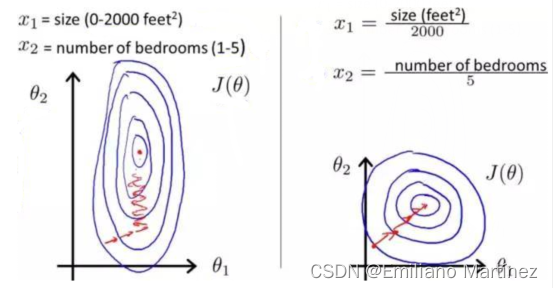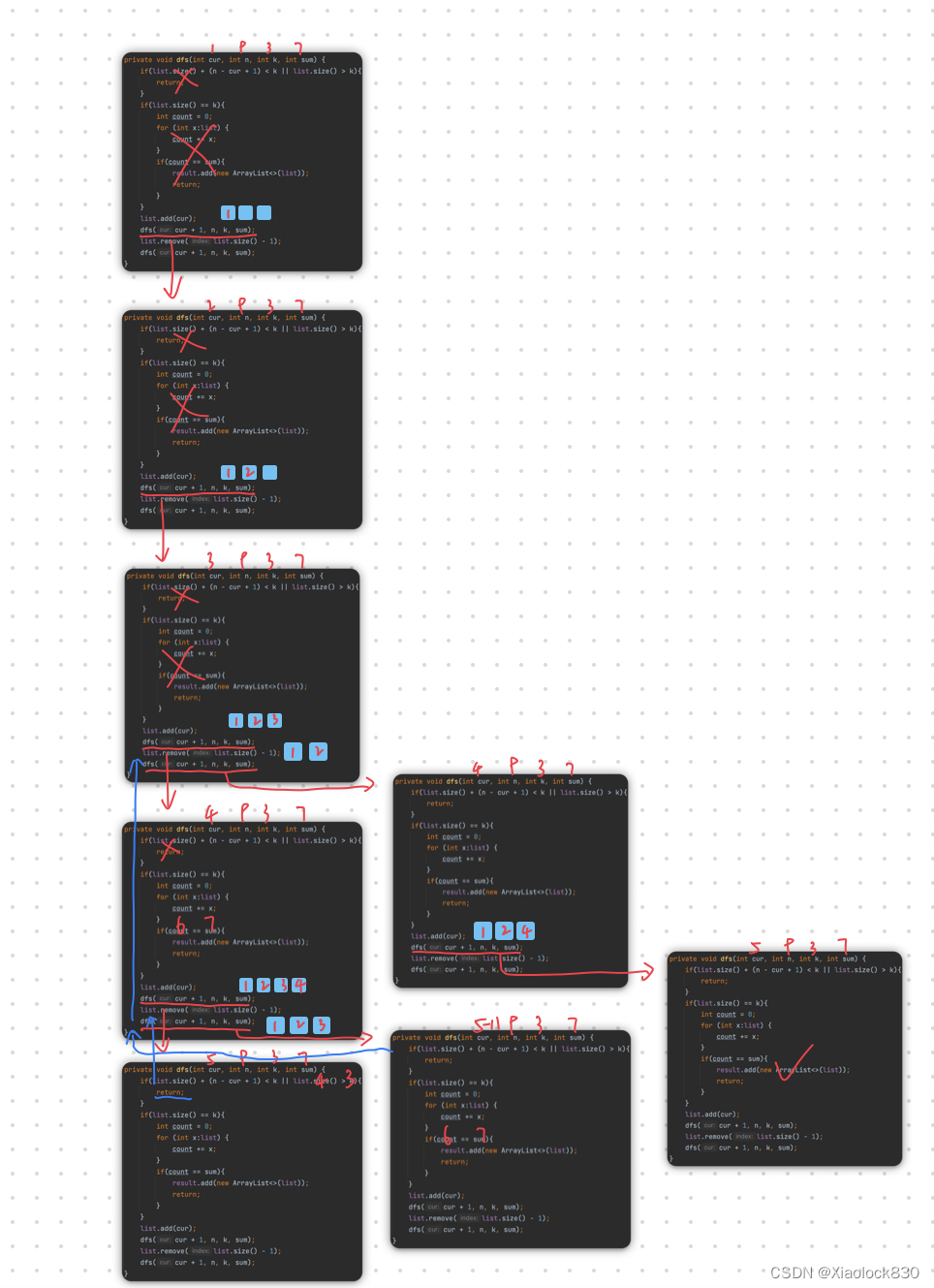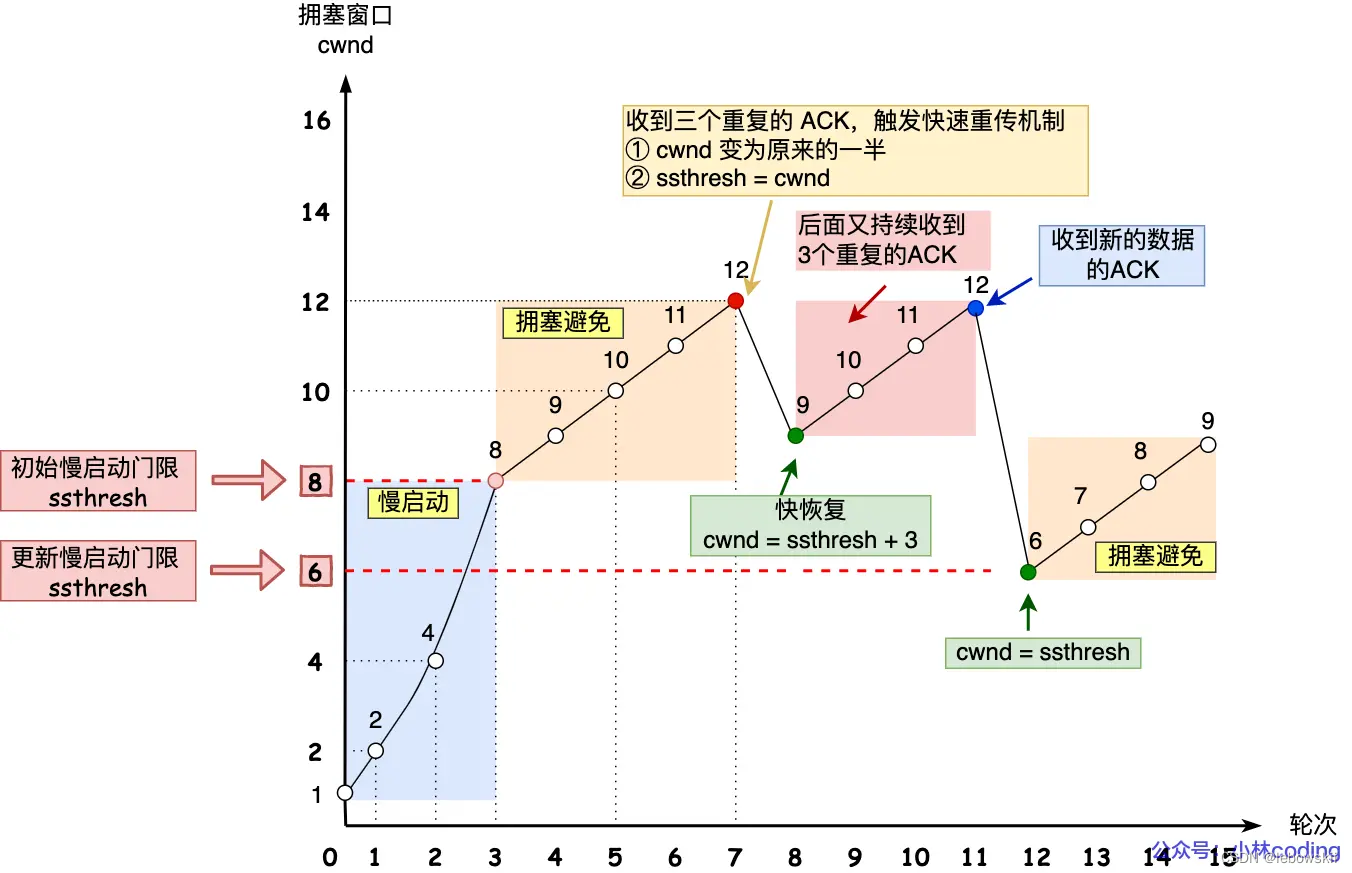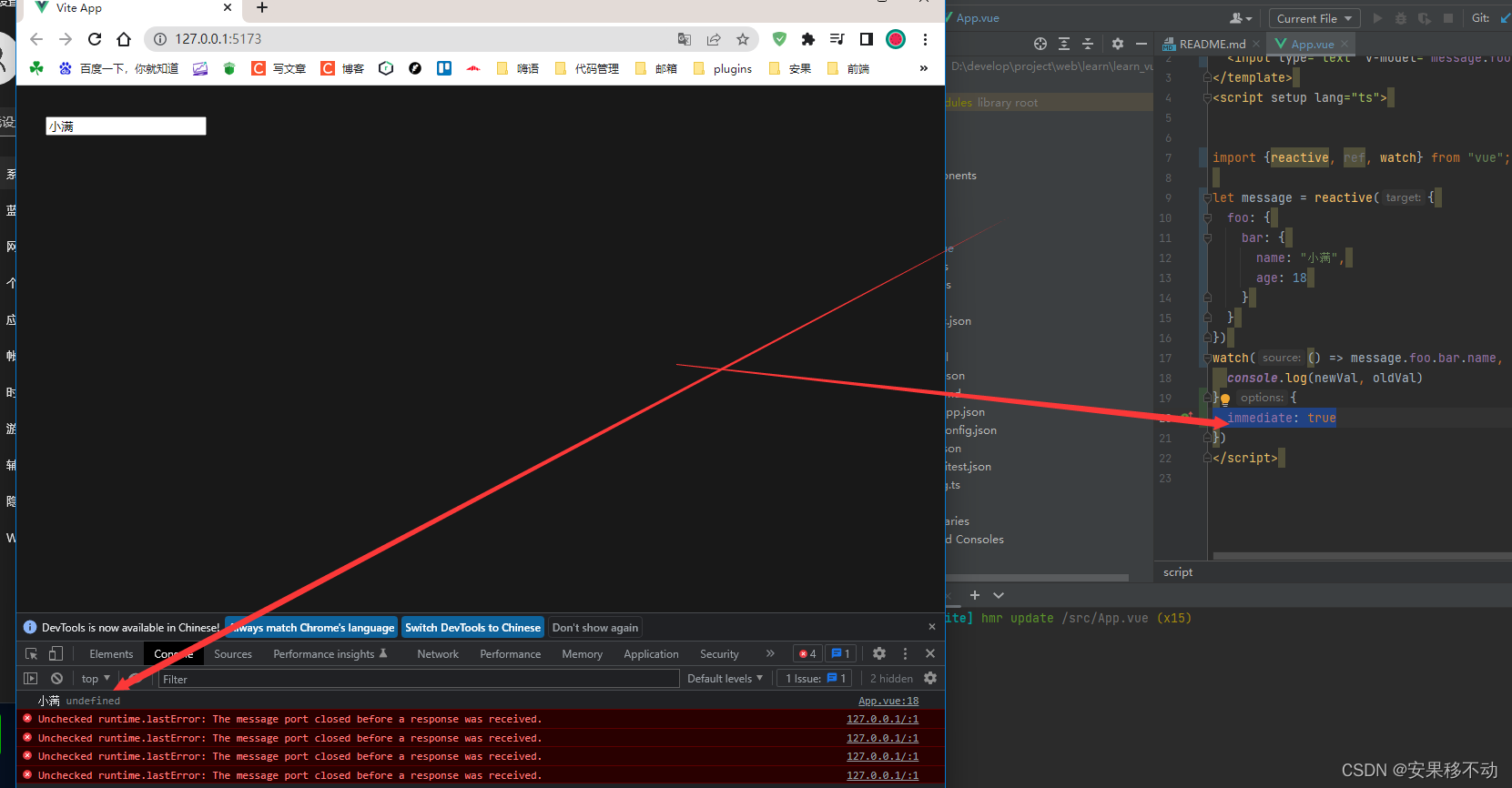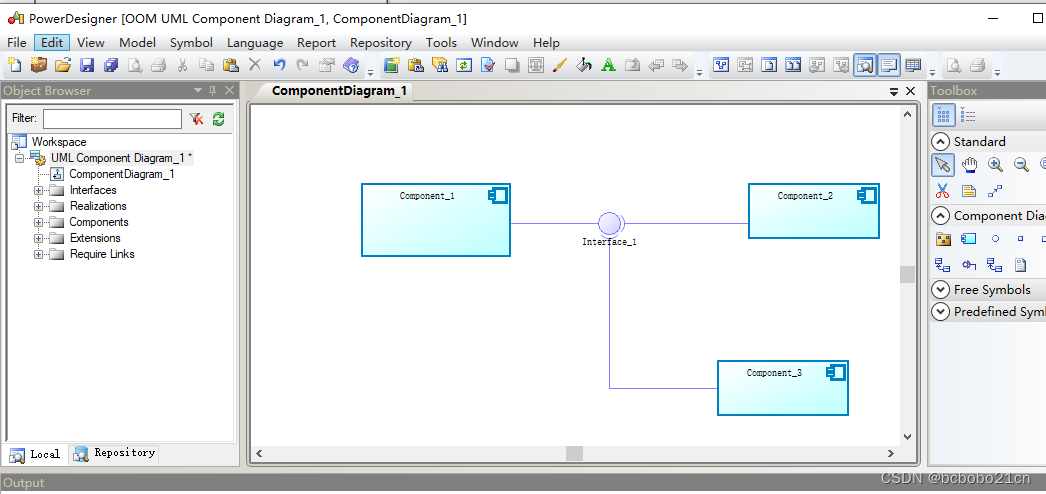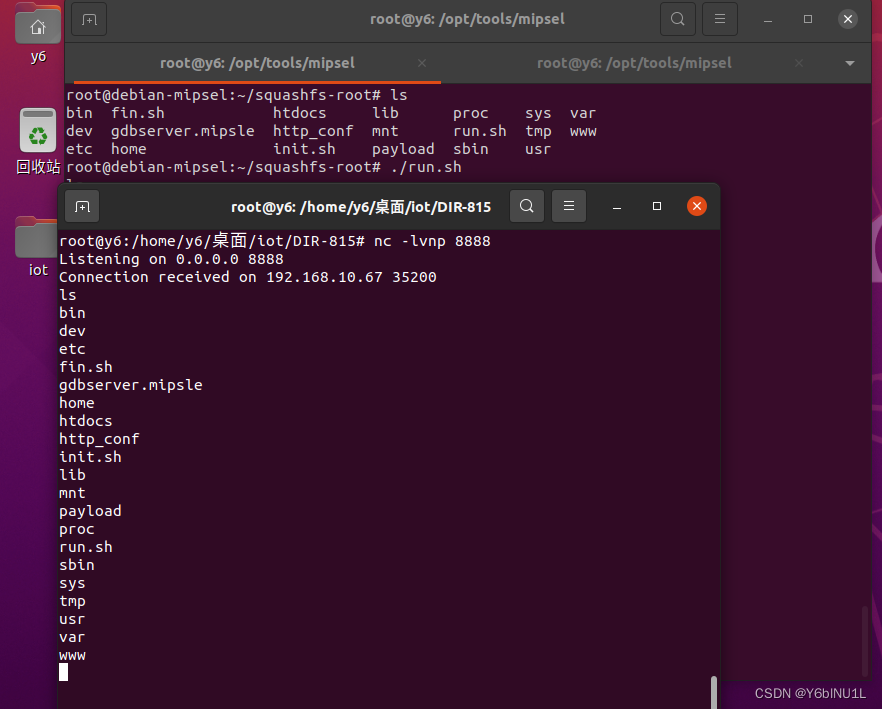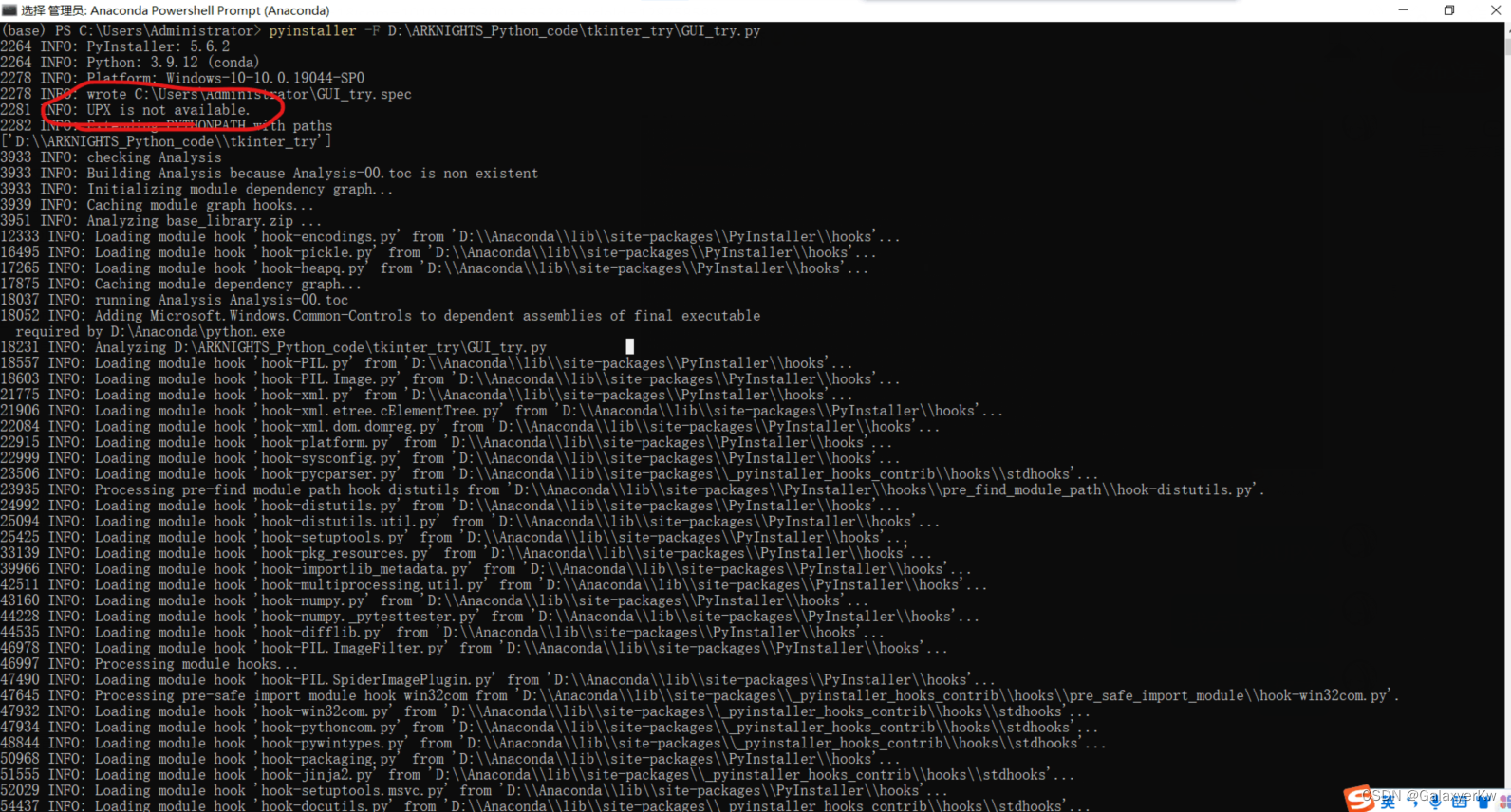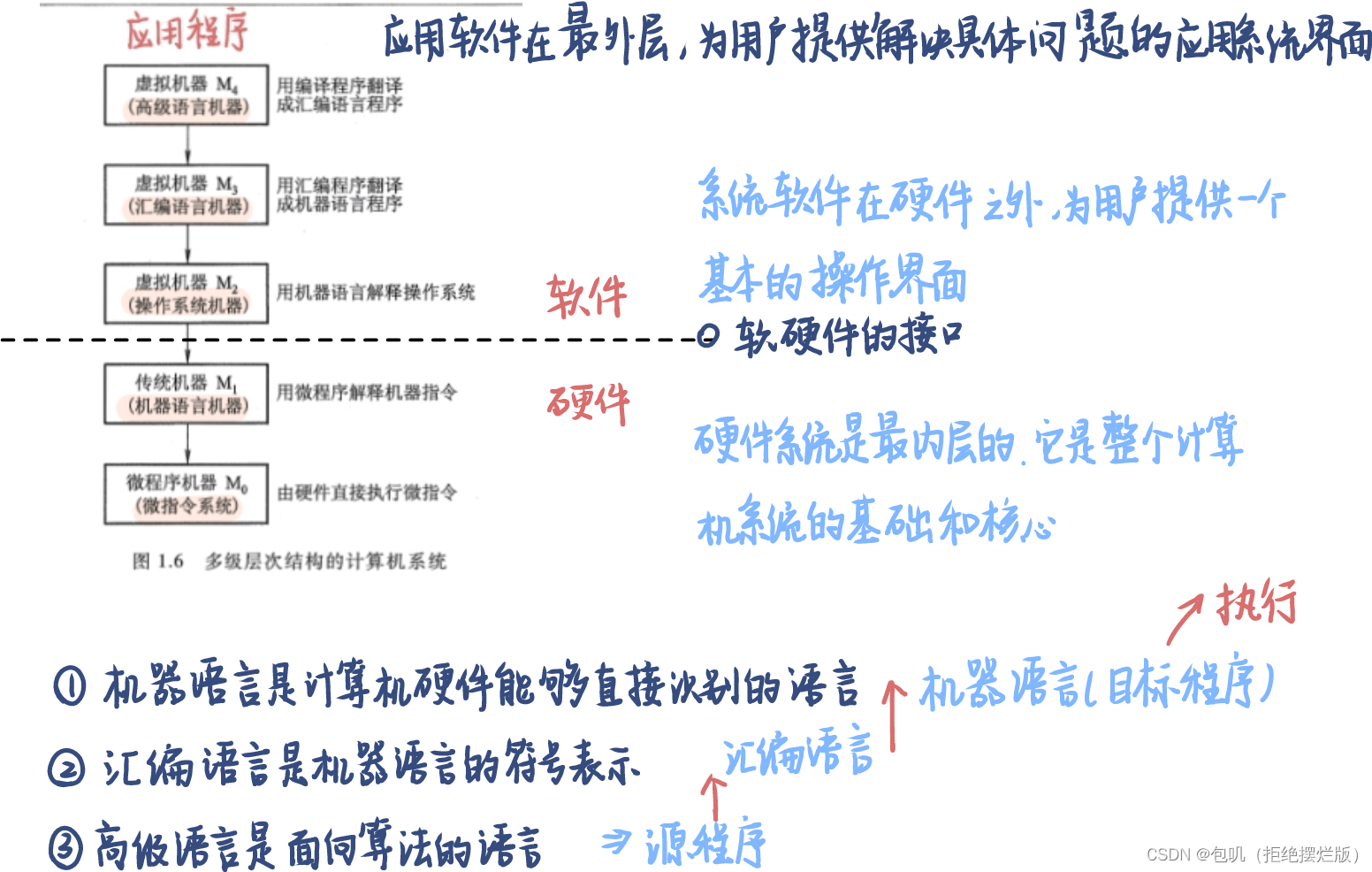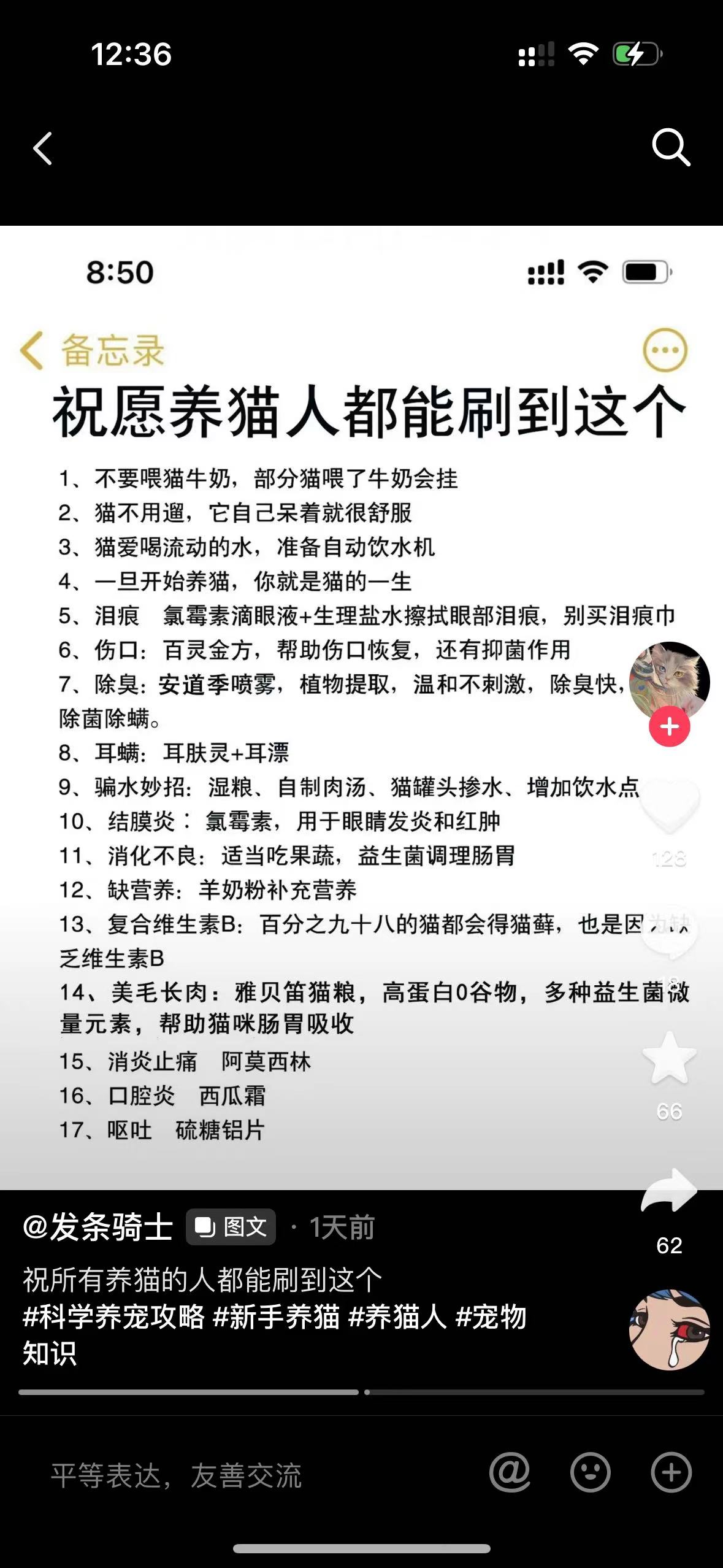题目链接
Leetcode.1828 统计一个圆中点的数目
题目描述
给你一个数组 points,其中 points[i] = [xi, yi] ,表示第 i个点在二维平面上的坐标。多个点可能会有 相同 的坐标。
同时给你一个数组 queries,其中 queries[j] = [xj, yj, rj],表示一个圆心在 (xj, yj)且半径为 rj的圆。
对于每一个查询 queries[j],计算在第 j个圆 内 点的数目。如果一个点在圆的 边界上 ,我们同样认为它在圆 内 。
请你返回一个数组 answer ,其中 answer[j]是第 j 个查询的答案。
示例 1:
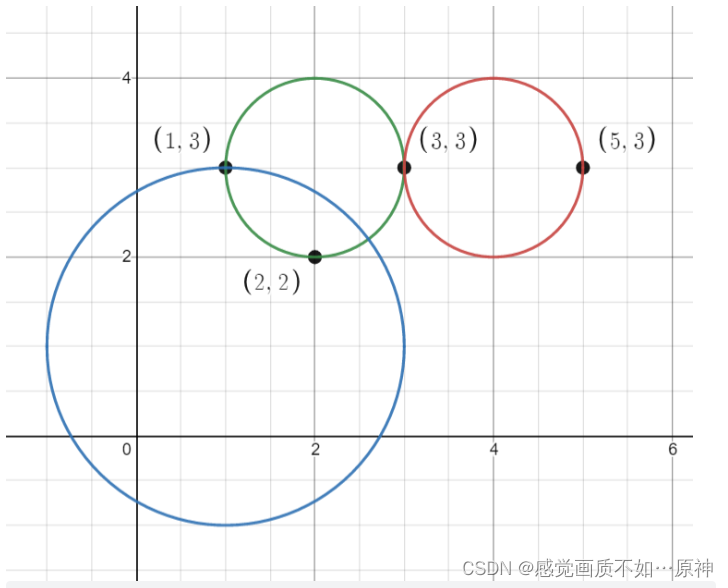
输入:points = [[1,3],[3,3],[5,3],[2,2]], queries =
[[2,3,1],[4,3,1],[1,1,2]]
输出:[3,2,2]
解释:所有的点和圆如上图所示。
queries[0] 是绿色的圆,queries[1] 是红色的圆,queries[2] 是蓝色的圆。
示例 2:

输入:points = [[1,1],[2,2],[3,3],[4,4],[5,5]], queries = [[1,2,2],[2,2,2],[4,3,2],[4,3,3]]
输出:[2,3,2,4]
解释:所有的点和圆如上图所示。
queries[0] 是绿色的圆,queries[1] 是红色的圆,queries[2] 是蓝色的圆,queries[3] 是紫色的圆。
提示:
- 1 < = p o i n t s . l e n g t h < = 500 1 <= points.length <= 500 1<=points.length<=500
- p o i n t s [ i ] . l e n g t h = = 2 points[i].length == 2 points[i].length==2
- 0 < = x i , y i < = 500 0 <= x_i, y_i <= 500 0<=xi,yi<=500
- 1 < = q u e r i e s . l e n g t h < = 500 1 <= queries.length <= 500 1<=queries.length<=500
- q u e r i e s [ j ] . l e n g t h = = 3 queries[j].length == 3 queries[j].length==3
- 0 < = x j , y j < = 500 0 <= x_j, y_j <= 500 0<=xj,yj<=500
- 1 < = r j < = 500 1 <= r_j <= 500 1<=rj<=500
- 所有的坐标都是整数。
分析:
由于数据量只有 500,所以我们可以暴力枚举 每一个圆,points中的点是否在 圆内。
如果点 ( x , y ) (x,y) (x,y) 与 圆心 ( s x , s y ) (sx,sy) (sx,sy) 的距离 < = <= <= 圆的半径 r r r,说明这个点 ( x , y ) (x,y) (x,y) 在圆内。
时间复杂度: O ( n 2 ) O(n^2) O(n2)
C++代码:
class Solution {
public:
vector<int> countPoints(vector<vector<int>>& points, vector<vector<int>>& queries) {
int n = queries.size();
vector<int> ans(n);
for(int i = 0;i < n;i++){
int sx = queries[i][0],sy = queries[i][1],r = queries[i][2];
for(auto &e:points){
int x = e[0],y = e[1];
if((x - sx) * (x - sx) + (y - sy) * (y - sy) <= r*r) ans[i]++;
}
}
return ans;
}
};
Java代码:
class Solution {
public int[] countPoints(int[][] points, int[][] queries) {
int n = queries.length;
int[] ans = new int[n];
for(int i = 0;i < n;i++){
int sx = queries[i][0];
int sy = queries[i][1];
int r = queries[i][2];
for(int[] p:points){
int x = p[0];
int y = p[1];
if((x - sx)*(x - sx) + (y - sy)*(y - sy) <= r*r) ans[i]++;
}
}
return ans;
}
}
